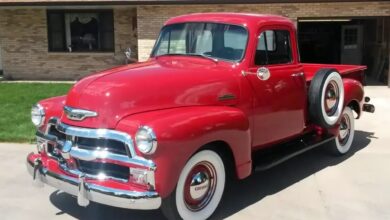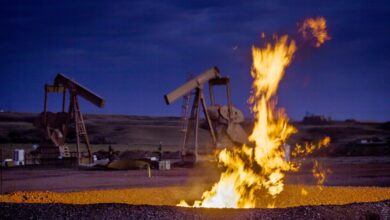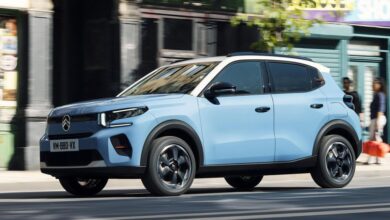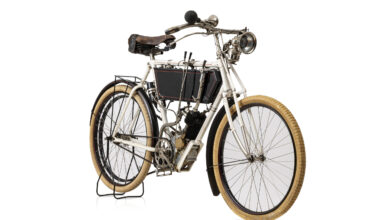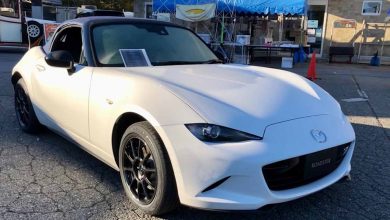Kawasaki KZ1000-S1 Factory Replica Superbike
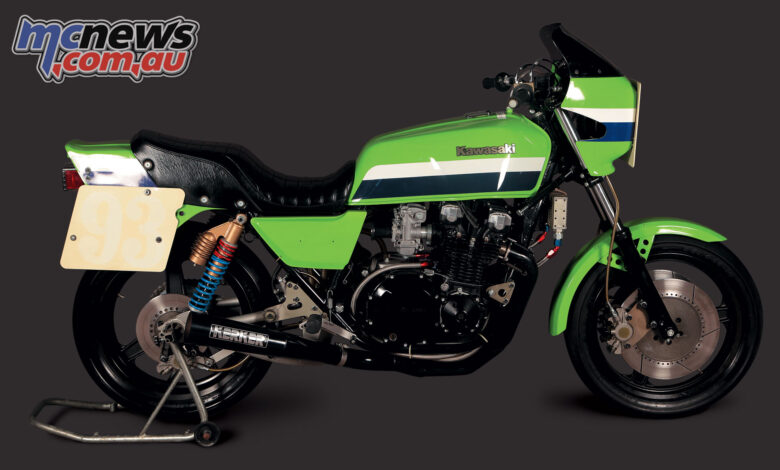
1982 Kawasaki KZ1000-S1 Factory Replica
With Ian Falloon
Although Yvon DuHamel won the first “Superbike” race in the U.S., an exhibition race at Laguna Seca in 1973 on a Yoshimura Z1, it wasn’t until 1975 that production racing became popular in the U.S. That year Dave Aldana won the Heavyweight Production race at Daytona, with Z1s filling the first three places.
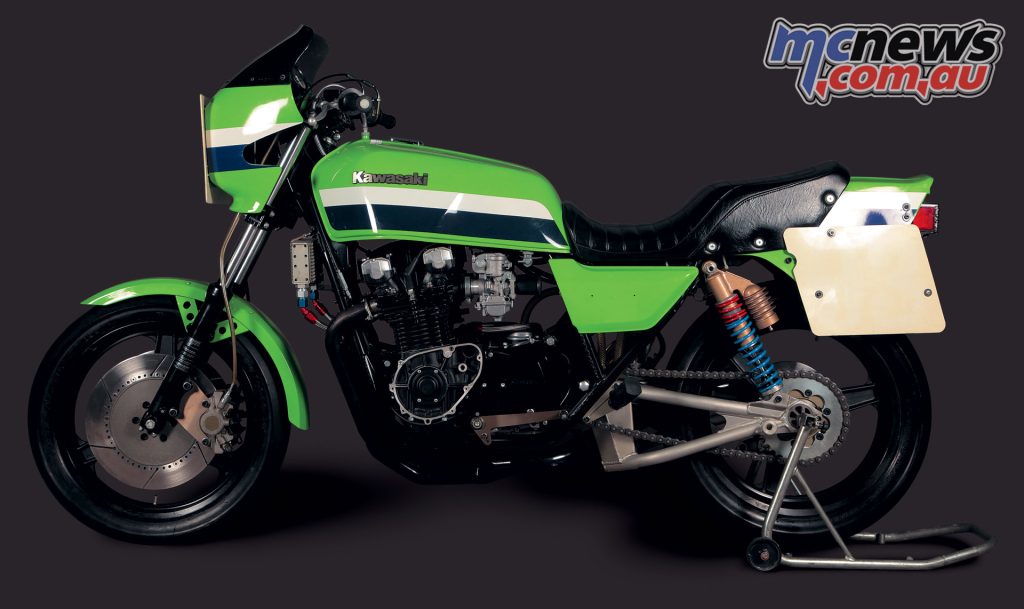
Later in the season DuHamel won the Heavyweight Production class at Laguna Seca and Ontario on a Dale-Starr prepared Z1. Here was a class that was ideally suited to the Z1, and one that would develop to become the premier racing class in the U.S. In 1976 the regulations changed and the class became Superbike Production, with more modification allowed.
This year the Z1s were too stock to compete against the highly modified European twins. Horsepower wasn’t a problem with those early Z1 Superbikes, but taming the street chassis with slick tires was always a challenge. It wasn’t until reigning Superbike champion Reg Pridmore switched to a Pierre DesRoches Racecrafters Kawasaki that the Z1 took out its first AMA Superbike victory, at Pocono in 1977. Pridmore went on to win the 1977 AMA Superbike Production crown.
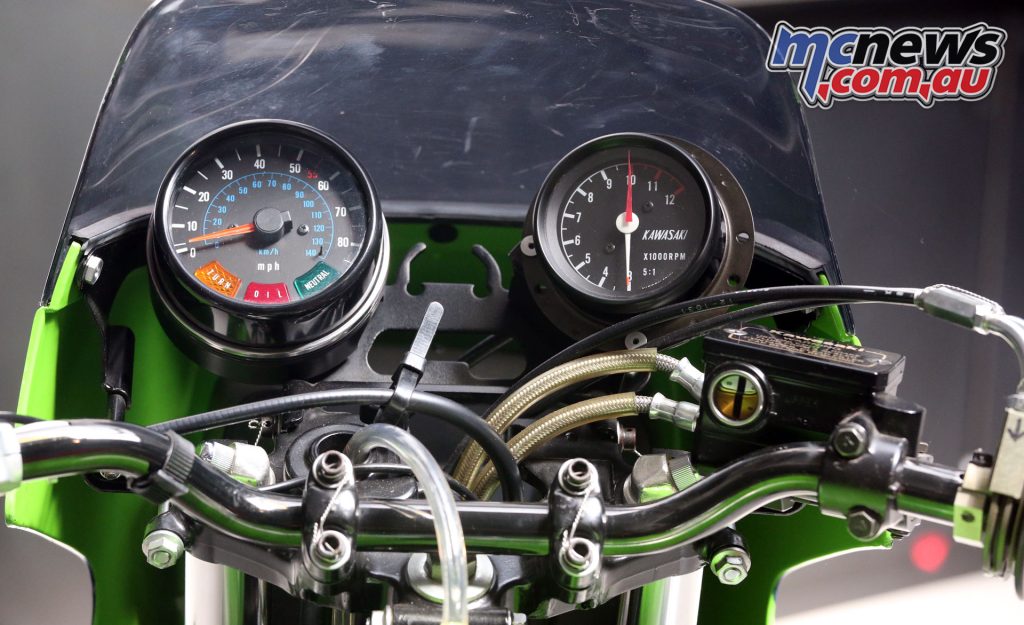
For 1978 rule changes favoured the four-cylinder machines as alternators, headlights, standard bodywork and muffler shells were no longer necessary. With Vetter sponsorship Pridmore stayed with DesRoches who remanufactured the production frame to obtain the necessary rigidity for racing.
Engine development saw the measured rear wheel horsepower at 141.5 horsepower at 9000 rpm and Pridmore’s consistency again gave him the AMA Superbike Production Championship. Outclassed by Honda and Suzuki during 1979, for 1980 Eddie Lawson rode the Z1000 Superbike.
After the final race at Daytona Lawson was initially awarded the championship, but this was overruled two months later when Wes Cooley’s result was reinstated.
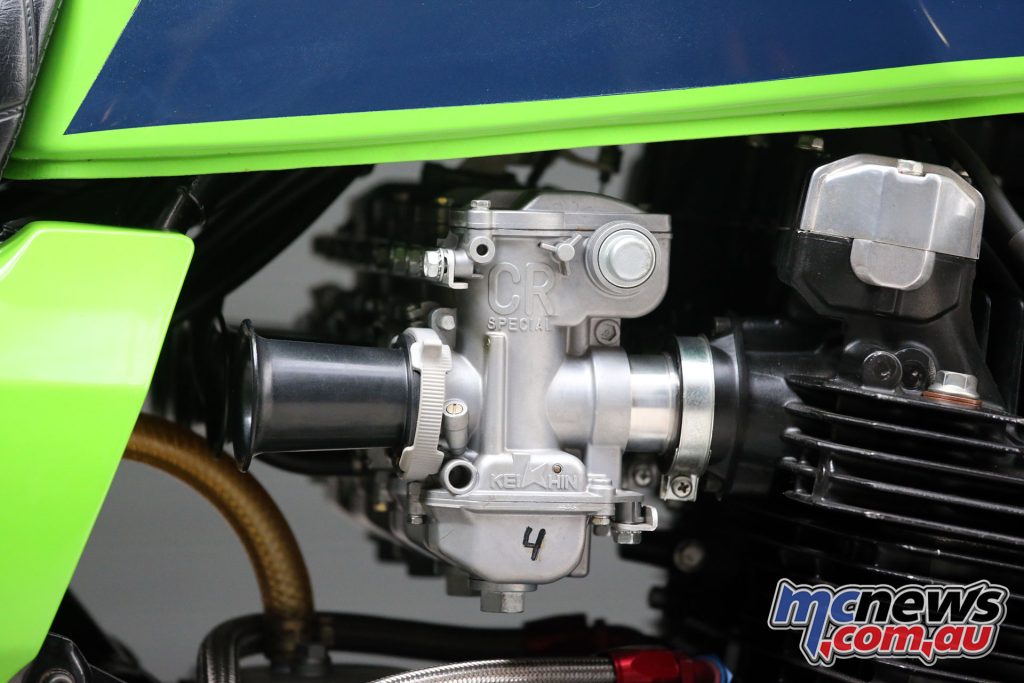
Kawasaki released the new Z1000J for 1981 and these improved engines formed the basis of the factory endurance racers and AMA Superbikes. After two years struggling to match the Honda and Suzuki, Lawson’s KZ1000J-based Superbike was finally up to the task for 1981.
39-year old Rob Muzzy, was recruited as lead mechanic and eventually became crew chief in charge of engine development. The 1015 cc engines came from KHI in endurance racing trim and with 36 mm El flat-slide carburettors and a Kerker exhaust system, produced around 150 horsepower at 10250 rpm.
Superbikes in those days still weren’t particularly light or short, and Lawson’s KZ1000 weighed close to the minimum 188 kg, with a wheelbase of around 1500 mm. Lawson went on to win the Superbike championship from Honda-mounted Freddie Spencer.
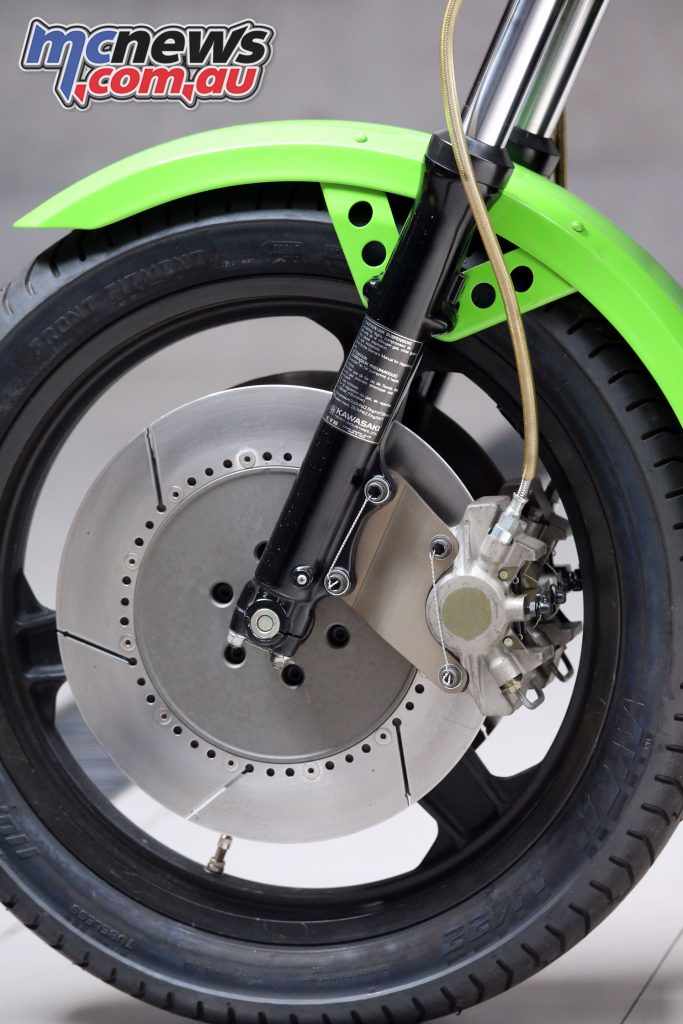
As the four-cylinder 1000 cc Superbikes were now even more powerful than the 750 two-strokes, 1982 was the final year AMA Superbikes had a 1025 cc limit and Lawson took his second Superbike title.
Following Eddie Lawson’s 1981 Superbike victory Kawasaki Motors Corporat ion offered a small number of factory replica KZ1000-S1 Superbikes to selected privateers. While most of the engine specifications were as with the Lawson bike, instead of the flat-slide El carburettors, these 998 cc (69.4 x 66 mm) replicas had Keihin CR Special 33 mm smoothbore carburettors.
The S1 was virtually Superbike specification. The 11.3:1 pistons were US-made and there were twin spark plugs per cylinder. The valve sizes were 38 and 32 mm, the camshafts ground from pre-J hollowed exhaust billets, and the valve gear 650 bucket style.
The camshafts had the same lobe centres as the stock J but provided 30 degrees longer duration, 1 mm more lift on the intake and 0.75 mm on the exhaust. The lightened crankshaft included a heavy duty centre main bearing cap and a repositioned the alternator on the right with the KX80 ignition. The clutch was borrowed from the KZ1100 shaft drive bike and included an extra plate and stronger basket.
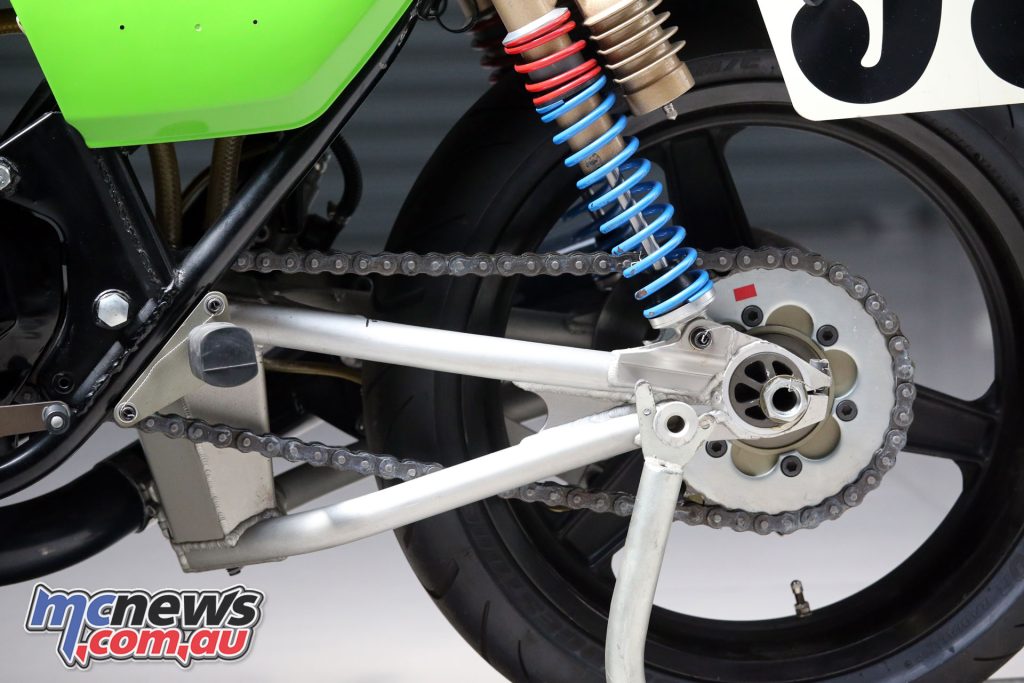
The chassis featured an aluminium swingarm with eccentric chain adjusters (from the KR500) and the front braking included slotted front discs with KR750 twin-piston brake calipers. The 18-inch magnesium Dymag wheels were fitted with Dunlop KR133 slick tires.
At a list price of $10,999, part of the spare parts package included tools pistons jets, sprockets and brake pads. Only 17 KZ1000-S1s were sold and they were the closest a privateer could get to a genuine factory bike. With 136 horsepower they were also very competitive.
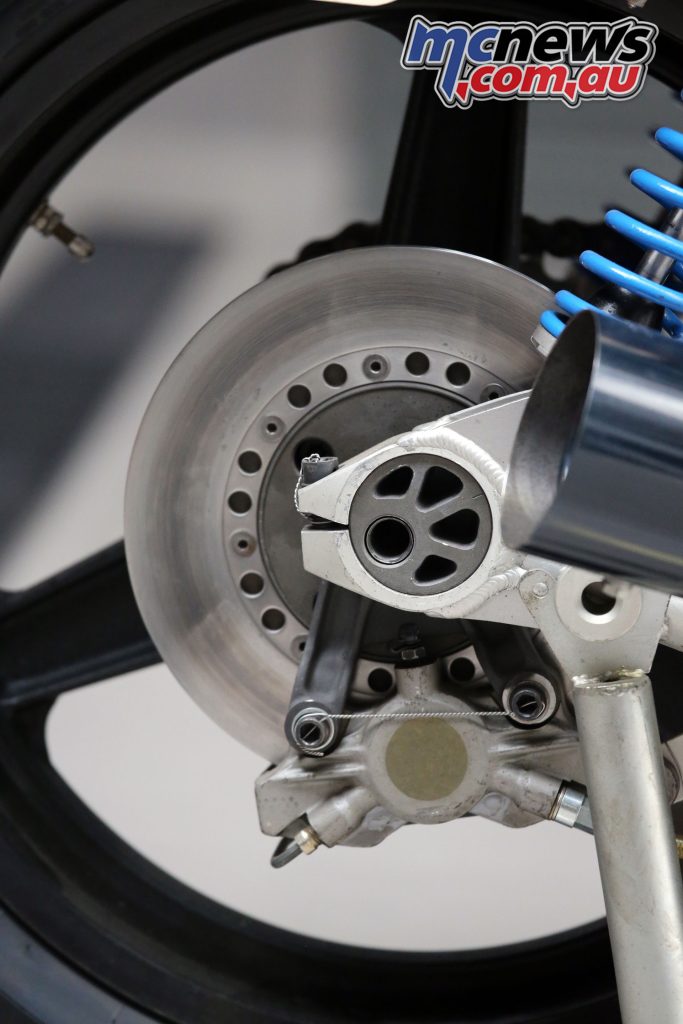
Wayne Rainey finished fourth at Daytona and Harry Klinzmann second at Sears Point on a KZ1000-S1. Klinzmann also teamed with Thad Wolff to win the Budweiser 500 race at Riverside.
Today the KZ1000-S1 is an extremely rare and virtually unknown factory Superbike and the final a remnant of the air-cooled four-cylinder era.
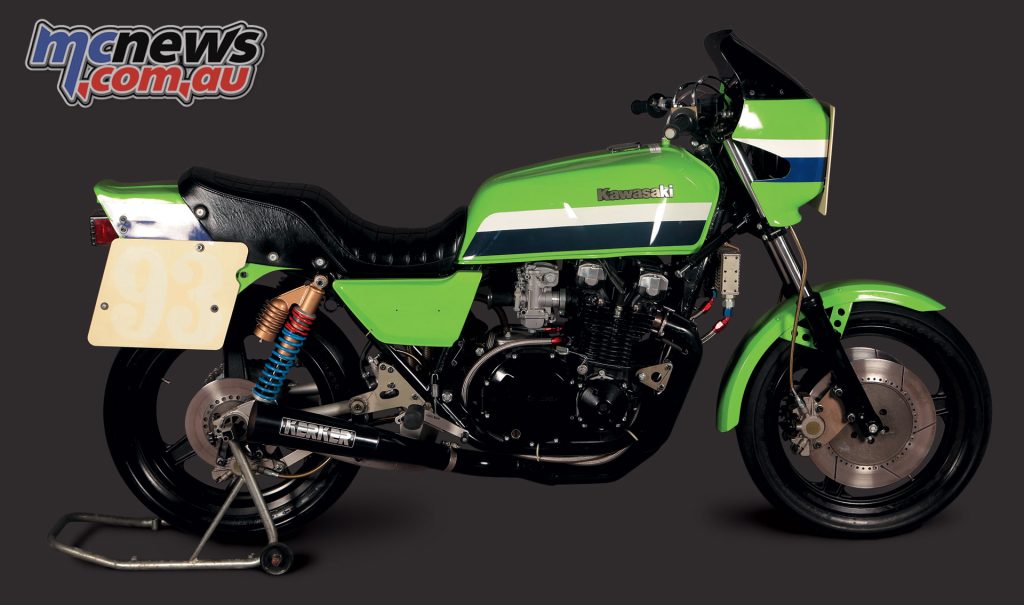
For more images check out the run down and gallery by Phil Aynsley:
Kawasaki KZ1000 S1 Racer
1981 Kawasaki Z1000J Specifications
(Standard consumer version)
| 1981 Kawasaki Z1000J Specifications | |
| Engine | Air-cooled, four-stroke, tranverse four-cylinder, DOHC, eight-valve |
| Capacity | 998 cc |
| Bore x stroke | 69.4 x 66 mm |
| Induction | Four 34 mm Mikuni BS34 carburetors |
| Claimed Power | 102 hp [76 kW] @ 8500 rpm |
| Claimed Torque | 67 ft-lbs @ 7000 rpm |
| Transmission | Five-speed |
| Suspension | Telescopic coil-spring fork, dual shocks, preload adjustable |
| Brakes | Dual 236 mm rotors, single-piston caliper, single 236 mm rear rotor, single-piston caliper |
| Tyres | 3.25 x 19, 4.25 x 18 |
| Weight | 230 kg dry |
